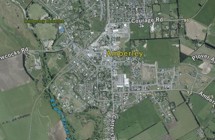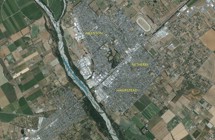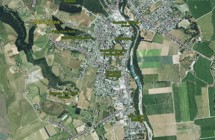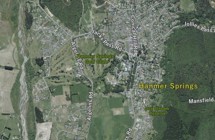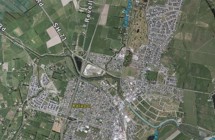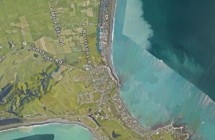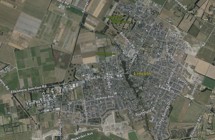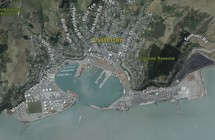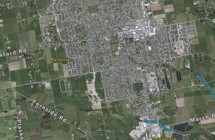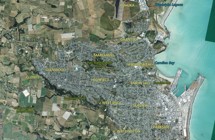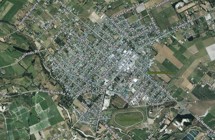The most significant air pollutant in New Zealand are small airborne particles in our air (known as particulate matter). Particulate pollutants are of most concern in New Zealand because of their high concentrations in some of our towns. Exposure to high levels of airborne particle pollutants has the potential to cause respiratory and cardiovascular issues. View a factsheet on why air quality is important here.
PM10 and PM2.5 are the main concern in Canterbury towns and cities. Exposure to PM can have short and long term health effects, and you can see both daily and annual PM concentrations below for each year chosen. Trends in the annual average are reported for the last ten years. Only one currently monitored site for each town are reported in this Regional Summary. In Christchurch this is the St Albans EP site since 2022. In Timaru this is the Anzac Square site since 2006. There is more information about other monitoring sites in each Town Summary.
PM monitoring history at towns in this region
What is this showing me?
| Towns | 10-year Trend | annual average (µg/m³) | Highest daily average (µg/m³) | 2nd highest daily average (µg/m³) | Number of exceedances |
|---|
What is this showing me?
| Towns | 10-year Trend | annual average (µg/m³) | Highest daily average (µg/m³) | 2nd highest daily average (µg/m³) | Number of exceedances |
|---|

